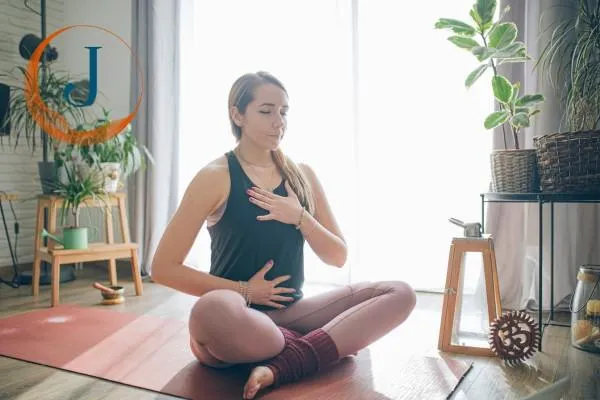
How Intercostal Muscles Impact Your Breathing & Posture
Uncover how the muscles between your ribs enhance breathing, core strength, and posture. Simple steps for better alignment and breath support await.
Every Breath You Take: Harmony Between the Ribs
In the grand symphony of our bodies, the muscles between our ribs—known as the intercostal muscles—often play a quieter, yet essential role. Just as the background harmonies in your favorite ballad provide depth to the melody, these muscles support every breath you take, influencing not only your respiratory health but also your posture and overall well-being.
Meet the Intercostal Muscles: Your Breath’s Best Friends
The intercostal muscles sit nestled between each rib, connecting them like a basket weave. They come in three layers: external, internal, and innermost intercostals, each playing a vital role in the mechanics of breathing.
External Intercostals: Working hard when you inhale, they lift the ribs and expand the chest, allowing air to flow into your lungs.
Internal Intercostals: During exhalation, they help pull the ribs downward and inward, pushing air out of your lungs.
Innermost Intercostals: The unsung heroes of the group, these guys are often overlooked but contribute to stabilizing the ribs during breathing. Their subtle, yet powerful, movements ensure that everything works harmoniously.
Breathing and Core Strength: A Love Story
Now, you might be wondering, “What does this have to do with my core strength?” Well, here’s where it gets exciting! Your diaphragm—the primary muscle responsible for breathing—works closely with the intercostal muscles.
Ideally, when you breathe deeply, the diaphragm moves down, expanding the lungs, and the intercostals help to stabilize the ribcage. This coordinated effort creates intra-abdominal pressure, which supports your core and helps protect your spine.
Conversely, when the intercostals are weak and tight, they take their job a little too seriously, making the “cage” in ribcage difficult to get deep, nourishing breaths into your body.
Posture: The Ripple Effect
Good posture isn’t just about looking confident—it’s about how your body functions. The intercostal muscles play a role in maintaining proper alignment of the ribcage and spine. When these muscles are strong and flexible, they allow your ribcage to open up, promoting better breathing and reducing tension in your shoulders and neck.
How to Support Your Intercostal Muscles
Just like every harmony needs a melody to build on, your body requires teamwork between larger muscles such as the diaphragm and smaller muscles such as the intercostals. Here are some ways to nurture your intercostal muscles and, in turn, support your breathing and posture:
Breathing Exercises: Incorporate deep lateral breathing into your daily routine. Imagine your ribcage like barn doors, opening to the side as you inhale, and feel the gentle close of the “barn doors” of your intercostals as you exhale.
Stretching: Regularly stretch your chest and ribcage to maintain flexibility. A simple side stretch can help open up your intercostals, allowing for fuller breaths and more mobility.
Movement Practices: Engaging in activities like Pilates, yoga, or even mindful walking can strengthen your core while promoting healthy breathing patterns. These practices encourage a harmonious connection between your breath and movement, creating a beautiful rhythm in your body. You can find all of this and more in my Move Your Mojo app!
Let’s Take a Deep Breath Together
In the words of an iconic 80s song, “Every breath you take, every move you make,” matters. The intercostal muscles may not always take center stage, but their impact on your breath, core strength, and posture is undeniable.
If you’re looking for a way to deepen your understanding of body awareness and enhance your core strength, consider joining my Core Restore 2.0 program. Together, we’ll explore how to support your intercostal muscles and develop healthy breathing habits that will transform your wellness journey.
Remember, each breath is an opportunity to connect with yourself. So take a moment, breathe deeply, and embrace the power within. You’re not just living life; you’re dancing through it!
Jaime
